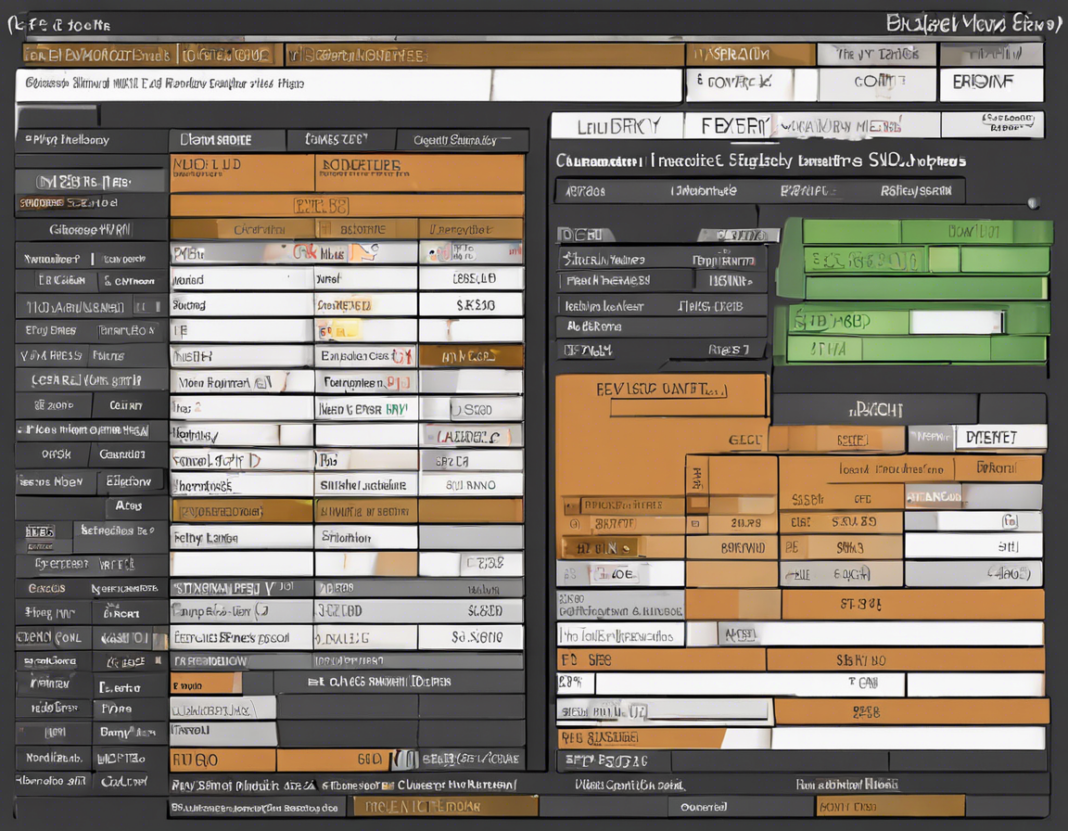The movie industry has always been a subject of fascination for many. From the glamorous red carpet events to the thrilling action sequences on screen, there’s no denying the allure of Hollywood. Behind the scenes, however, lies a complex web of financial considerations that can make or break a film. One such crucial aspect is the movie budget, a key factor in determining the success or failure of a cinematic endeavor. In this comprehensive guide, we will delve deep into the world of movie budgets, focusing specifically on the crew movie budget.
Understanding Movie Budgets
Before we narrow our focus on the crew movie budget, it’s essential to understand the broader concept of a movie budget. A movie budget is a detailed financial plan that outlines all the expenses associated with making a film. It includes everything from pre-production costs like script development and casting to production expenses such as filming and equipment rentals, and post-production costs like editing and visual effects.
The Significance of Crew Movie Budget
The crew movie budget is a specific subset of the overall movie budget that is allocated to pay the salaries and wages of the crew members working on the film. This includes essential personnel such as the director, producer, cinematographer, production designer, costume designer, sound mixer, and many others who play a crucial role in bringing a film to life.
Breakdown of Crew Movie Budget
-
Director: The director is often one of the highest-paid crew members on a film. Their responsibilities include overseeing the creative vision of the movie, working closely with actors, and managing the overall production process.
-
Producer: Producers are responsible for financing the film, managing the budget, hiring key personnel, and overseeing the production process from start to finish.
-
Cinematographer: The cinematographer, also known as the director of photography, is in charge of the film’s visual aesthetics, including lighting, camera angles, and overall composition.
-
Production Designer: The production designer is responsible for the overall look of the film, including set design, props, and costumes.
-
Costume Designer: The costume designer creates and oversees the wardrobe for the film, ensuring that the costumes align with the character and period requirements.
-
Sound Mixer: The sound mixer is in charge of recording and mixing all audio elements during filming, including dialogue, music, and sound effects.
Factors Influencing Crew Movie Budget
Several factors can influence the crew movie budget of a film, including:
-
Cast and Crew: The experience and popularity of the cast and crew members can have a significant impact on the budget. A-list actors and renowned directors command higher salaries, thus increasing the overall crew budget.
-
Film Genre: The genre of the film also plays a role in determining the crew budget. For instance, action films with elaborate stunts and visual effects may require a larger budget for specialized crew members.
-
Shooting Locations: The choice of shooting locations can affect the crew budget. Filming in exotic or remote locations may require additional expenses for travel, accommodation, and logistics.
-
Production Scale: The scale of the production, including the number of shooting days, sets, and special effects, can impact the crew budget.
Managing Crew Movie Budget
Efficient management of the crew movie budget is essential to ensure the financial success of a film. Here are some tips for managing the crew budget effectively:
-
Negotiate Fees: Work with cast and crew members to negotiate reasonable fees that fit within the budget constraints without compromising quality.
-
Optimize Crew Size: Opt for a crew size that is sufficient to meet production needs without being excessive. A leaner crew can help reduce costs.
-
Plan Ahead: Detailed planning and scheduling can help identify potential cost-saving opportunities and prevent budget overruns.
-
Track Expenses: Keep a close eye on expenses throughout the production process and make adjustments as needed to stay within budget.
-
Contingency Fund: Set aside a contingency fund to address unforeseen expenses and emergencies that may arise during filming.
FAQs Section
- What is a typical crew movie budget range for a Hollywood blockbuster?
-
Crew movie budgets for Hollywood blockbusters can range anywhere from $10 million to over $100 million, depending on the scale and requirements of the film.
-
Are bonuses or profit-sharing common for crew members in addition to their base salary?
-
Yes, bonuses and profit-sharing arrangements are common in the film industry, especially for key crew members who may be entitled to a share of the film’s profits.
-
How do independent films differ in terms of crew movie budgets compared to major studio productions?
-
Independent films often have smaller crew budgets compared to major studio productions, as they rely on cost-effective measures and may involve deferred payments for crew members.
-
What happens if a film goes over budget on the crew expenses?
-
Going over budget on crew expenses can have serious financial implications for a film, potentially leading to production delays, funding shortages, and compromised quality.
-
Can hiring less experienced crew members help reduce the crew movie budget?
- While hiring less experienced crew members may save costs in the short term, it can impact the quality and efficiency of the production. Finding a balance between cost and expertise is key.
In conclusion, the crew movie budget is a critical component of a film’s overall financial plan. By understanding the nuances of crew budgeting, filmmakers can make informed decisions that optimize resources and contribute to the success of their cinematic endeavors. Proper planning, negotiation, and oversight are essential for managing the crew budget effectively and ensuring a seamless production process.






